Listen to audio here:
CGTN- Xi Jinping was elected general secretary of the Communist Party of China (CPC) Central Committee in November of 2012, a time when China had entered a bottleneck period after decades of rapid development, with many “growing pains” gradually emerging.
As Xi has put it, “China’s reform has entered a critical phase fraught with tough challenges. Confronted with extraordinary difficulties in addressing problems in reform, we need to gather our courage and strength. If we hesitate and become indecisive, we will not be able to make breakthroughs, and all our previous gains may be lost.”
Over the next decade and more, Xi Jinping not only spearheaded the overall reform for China but has also been committed to putting the plans into practice. He traveled extensively across the country for field research, presided over dozens of meetings by China’s Central Commission for Comprehensively Deepening Reform, went through every draft of major reform plans in detail, and gave genuine support to the implementation of reform and opening-up measures.
“Not only advocates reform but also does solid work”
In December of 2012, Xi Jinping, newly elected general secretary of the CPC Central Committee, started on his first domestic inspection tour. He chose Shenzhen, the southern economic powerhouse in Guangdong Province, as the destination. As the experimental zone of China’s reform and opening-up, Guangdong has played an instrumental role in China’s modernization.
Choosing Guangdong to start his inspection tour sent a clear message home and abroad that China will continue to push forward reform and opening-up.
The first stop of the tour was Qianhai in Shenzhen, a modern service industry demonstration zone under construction at the time.
Talking to the workers into details about the building of a new Qianhai, Xi Jinping said the hustle and bustle at the construction sites reminded him of the nascent stage of Shenzhen’s development. It was like painting the most beautiful picture on a blank sheet of paper.
Shenzhen, as one of the first batches of China’s special economic zones, had transformed from underdeveloped fishing village into an international city of innovation after over 40 years of development, setting many precedents in institutional reform.
On the trip, Xi Jinping encouraged Qianhai to keep up the spirit of bold experimentation, to put in more efforts in building the modern service industry cooperation zone between Shenzhen and Hong Kong, when a world-class city cluster is taking shape in the southern part of China. “Strive forward without fear,” Xi Jinping said, “The development prospect of Qianhai is very promising. I hope Qianhai will take on a new look in each new year.”
In 2012, China was confronted with unbalanced and inadequate development after decades of rapid economic growth, while a surge of global trade protectionism and anti-globalization added to the country’s external pressures.
How to make a breakthrough? How to deepen overall reform in uncharted waters full of rough tides? Xi Jinping was well aware that expanding all-round reform and opening-up would be the right path forward.
In October 2018, Xi Jinping paid his second visit to Qianhai, which had turned into a modern district with high-rises and green lawns. He said,“It developed so fast. I’m very happy to see all these development. In the past, Qianhai was a desolate land. The huge transformation proves that the Qianhai mode is feasible.”
During the trip, Xi Jinping encouraged Qianhai to explore more feasible practices that could be shared with other cities and regions, and to come up with more pragmatic and innovative reform measures. He said that Qianhai should work out more policies to boost cooperation and development of the Guangdong-Hong Kong-Macao Greater Bay Area, which is one of China’s most vibrant and dynamic economic hubs.
Following Xi Jinping’s visit, Qianhai adopted a series of measures to conduct institutional reform and sped up its pace to open up further.
On October 14th, 2020, celebration for the 40th anniversary of the establishment of the Shenzhen Special Economic Zone was held in Qianhai. That was when Xi Jinping paid his third visit to Qianhai.
Qianhai, the “Special Zone within the Special Zone”, has taken on an entirely new look year after year, bridging inland cities with Hong Kong and Macao. It was famed as a model of the country’s new round of reform and opening-up, and became a leading force in developing the Greater Bay Area. A beautiful picture was indeed painted on a blank sheet of paper.
Xi Jinping once said that “Without reform and opening-up, China would not be what it is today, nor would it have the prospects for a brighter future.” No matter for the development of Qianhai, or for the national strategy of building the Greater Bay Area, these are all results from bold explorations, and serve as epitomes of China’s further reform and opening-up in the new era.

“Reform is meaningful only if it’s for the people”
Over the past decade and more, Xi Jinping has made intensive inspection tours across the country. From Shenzhen of Guangdong Province, the window and pilot zone for reform and opening-up, to Xiaogang in Anhui Province, dubbed the cradle of China’s rural reform, to Chongqing Municipality, the hub city on the new western land-sea passage. Through on-site investigations and analyses, Xi Jinping found the keys to unlock the solutions to many tough development issues.
Since 2012, China has rolled out more than 2,000 reform plans, across sectors that are directly related to people’s livelihood such as employment, education, income distribution, healthcare, and grassroots governance. “People-centered” has always been the guiding principle.
Xi Jinping believes that deepening reform should start with the most pressing and practical issues that concern people’s interests most directly.
On March 23rd, 2021, Xi Jinping went on an inspection of Shaxian General Hospital in Sanming, a coastal city in southeast China’s Fujian Province. In the main hall, he met Weng Hua, a local resident who was inquiring about his health insurance account. Xi Jinping chatted with Weng and learned that many local residents now had surpluses in their medical insurance accounts.
Weng Hua was deeply impressive of the meeting. He recalled, “The general secretary asked about my medical insurance account. I told him I had a surplus in my account because the reimbursement rate went up and prices of medicine went down. I have 3,000 yuan more in my account this year than last year.”
Such changes are quite common in Sanming City. In the past, high prices of medicines and excessive treatment were among the most prominent problems, which could partially explain why the local medical insurance funds could not pay off the expenses. Getting affordable treatment was once a big challenge for many local residents.
In 2012, Sanming City took the lead in launching a medical reform, with new measures such as eliminating markups for medicine, prohibiting doctors from taking kickbacks, and cracking down on excessive medical treatment. The reform encountered much resistance, however, because it stepped on the toes of vested interest groups.
Related Stories
At this crucial time, Xi Jinping expressed support for the medical reform in Sanming City. At a national conference on deepening reform in 2017, Xi Jinping said the medical reform in Sanming City was fruitful because it followed the right direction, and its reform experiences should be promoted across a broader scope.
Xi Jinping’s acknowledgement and encouragement gave more confidence to Sanming City to push forward its medical reform in a more determined manner.
In 2021, Xi Jinping arrived in Sanming City again and was quite happy to learn that the city's per-capita out-of-pocket medical expenses for inpatient treatments had fallen to less than half of the national average. He said:“People first, life first. One of the most important indicators of a happy life is health. Health is the 1 in front of all the 0s. Without health, everything else would be meaningless. Starting from our previous achievements, we can make greater progress in health care.”
Today, the experience from Sanming medical reform has been promoted nationwide, and China has built the world’s largest social security and healthcare system. In the coastal city Yancheng in east China, the average cost of hospital stays in 2023 dropped by 10.1% compared to 2022. In northwest China’s Gansu Province, prices of medicine have dropped by more than half on average, greatly easing the burden on patients.
To ensure that more ordinary people can get access to better medical resources, Xi Jinping also pushed hard for primary health care reform.
In December of 2014, Xi Jinping went to Shiye Township, located on a small island in the Yangtze River. After learning how local villagers received medical treatment, Xi Jinping pointed out that more resources should go to public health and basic medical services at the grassroots level. Ten years later ,more than 83% of clinic visits in Shiye Township are paid to community-level medical and health institutions, and residents with minor illnesses can be treated without leaving the island.
Xi Jinping once said, “There can be no all-round prosperity without providing healthcare for all our people.” Over the past decade, China has been steadily strengthening the service capabilities of county-level hospitals, with more than 1,000 top-tiered hospitals partnering with county-level hospitals. Half of county-level hospitals across the country are now able to perform complex procedures such as brain tumor surgery and cervical vertebra surgery, with in-county attendance rate reaching 95%.
As Xi Jinping said, reform should focus on what the people care about and expect the most, and the aim is to give people a stronger sense of fulfillment.
It is precisely by starting from what people are most eager to do and from areas that people are most dissatisfied with, that China’s top-level design on deepening reform and opening-up and practical explorations on development in various sectors could work in the same direction to achieve concrete results.
“Gains from reform should benefit all our people fairly”
In the spring season, a landscape of lucid waters and lush mountains unfolds along the banks of the Yangtze River.
The mainstream of the River runs for a long distance through central China’s Hubei Province. At the head of the Three Gorges Dam stands a rare Nanmu tree nearly 10 meters tall. It was planted by Xi Jinping on his inspection tour to the Dam project in April of 2018.
The conservation and development of the Yangtze River has always concerned Xi Jinping. Over the past decade and more, he has made trips across 11 provincial-level regions along the River, and presided over four symposiums to make plans for high-quality development of the Yangtze River Economic Belt. In his mind, the Yangtze River is crucial to national development.
Since the reform and opening-up first began, economic development along the Yangtze River has made remarkable progress, but at a huge cost of ecological destruction. Wastewater disposed from factories flowed, clouds of dust covered the ports, and water quality kept deteriorating. Worsening environment and overfishing caused severe damage to the river’s biological integrity, with some parts seeing no fish at all. No one knew this more clearly than Zhang Zhouhua, a fisherman along the Yangtze River. He described, “Crucian carps and globefish have disappeared. The amount of long-tailed anchovy kept declining. Other kinds of fish are also disappearing.”
Seeing the environmental challenges, Xi described the river as “suffering from a severe illness.”
In January of 2016, a symposium on advancing the development of the Yangtze River Economic Belt was held in Chongqing Municipality located on the upper reaches of the Yangtze River. Xi Jinping put forward for the first time the proposal that restoring the ecosystem of the Yangtze River should be given top priority. He said, “We need to work together to protect it, rather than engage in large-scale development.”
In the years that followed, Xi Jinping travelled up and down the Yangtze River many times, onto the dams, rode on river boats and were invited into farmers’ homes. He said,“To promote the development of the Yangtze River Economic Belt, it is a must to adhere to the strategic position of prioritizing ecological conservation and green development. This is not only to respect the law of nature, but also to respect the laws of economic and social development.”
After on-site inspections and research, a decision long in the making gradually took shape. China decided to impose a full fishing ban covering all conservation areas of the Yangtze River basin. But this would mean that fishermen living on boats would lose their livelihood.
There was the fishing industry on one side and major ecological needs on the other. After rounds of consultations, Xi Jinping finally made the tough decision. He said, “The fishing ban along the Yangtze River is an importance issue, concerning the livelihood of over 300-thousand fishermen, a huge cost. But in the face of ecological conservation along the Yangtze River basin, it is worth it. The biodiversity of the river must not be ruined in the hands of our generation.”
In 2020, the fishing ban started and will run through to the year 2030. Problems soon emerged. How to settle the fishermen and help them find other jobs after they leave their boats behind? For this, Xi Jinping made clear instructions. He urged local governments to develop as many employment channels and public welfare positions as possible to speed up their settlement, to help them enjoy a stable life and see their incomes grow.
With continued attention and efforts from Xi Jinping, the fishermen who moved onshore received housing and living subsidies and were included in the basic pension insurance system. They started going into other professions such as fishery administration, vegetable cultivation. as well as trade and commercial services.
During the first year of the fishing ban, more than 110-thousand fishing boats and roughly 280-thousand fishermen returned to shore. Supporting these efforts was the country’s financial subsidies, which surpassed 20 billion yuan, or 2.75 billion U.S. dollars.
Chen Lanxiang is a fisherwoman moved onshore, who applauded ecological improvement of the Yangtze River. She said,“Look at the scenery. What remarkable changes! The water is clear, and the riverbanks are green. We can see globefish again. I feel proud. I think we fishermen have also made our own contributions.”
The Yangtze River has already become cleaner and greener, while the green transition and industry upgrades have promoted economic development along the Yangtze River. Local residents are richer and happier. As Xi Jinping put it, “Boosting reform and development is ultimately about delivering a better life for the people.”
Ending
Arduous journey comes one after another, but Xi Jinping says, “Reform and opening-up is always an ongoing task and will never end.”
Xi Jinping says, “We will continue to deepen the reform in an all-round way. This is an unstoppable train. Only those who brave hardships would prevail. We need to be courageous and pioneering. Only the reformers and innovators will emerge stronger and win.”
Much remains to be done, but Xi Jinping believes that with serving the people as the guiding principle, China’s reform and opening-up will move forward. He says the reform measures should be judged by looking at the expressions on people’s faces. He said, “If they smile, we can say our policies are good and we will continue them. If people are not happy, then our policies need to be improved and adjusted.”
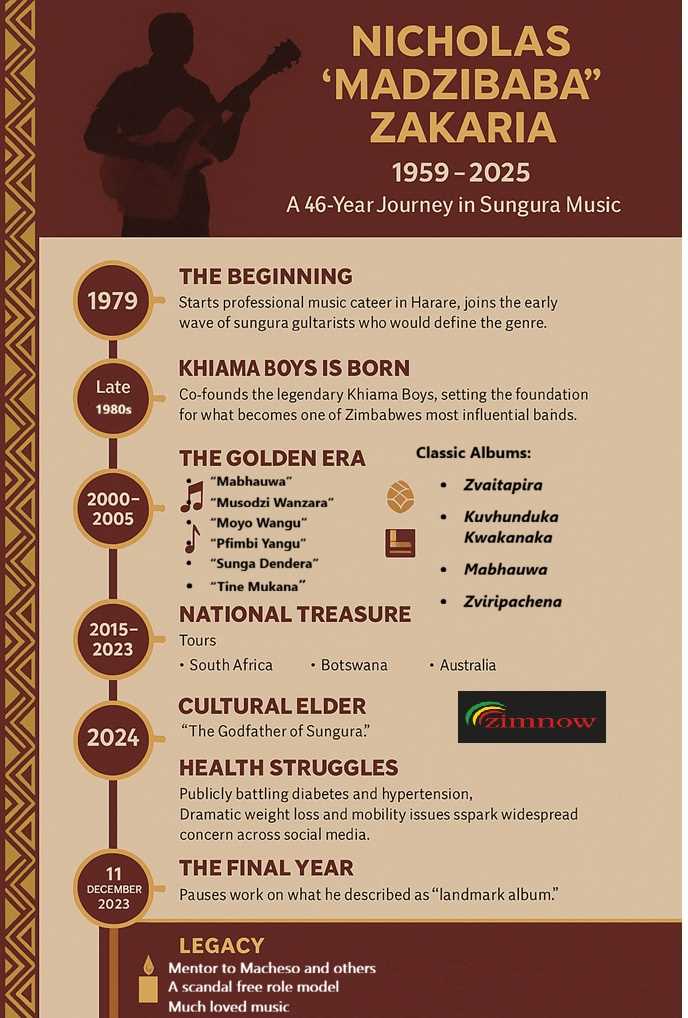


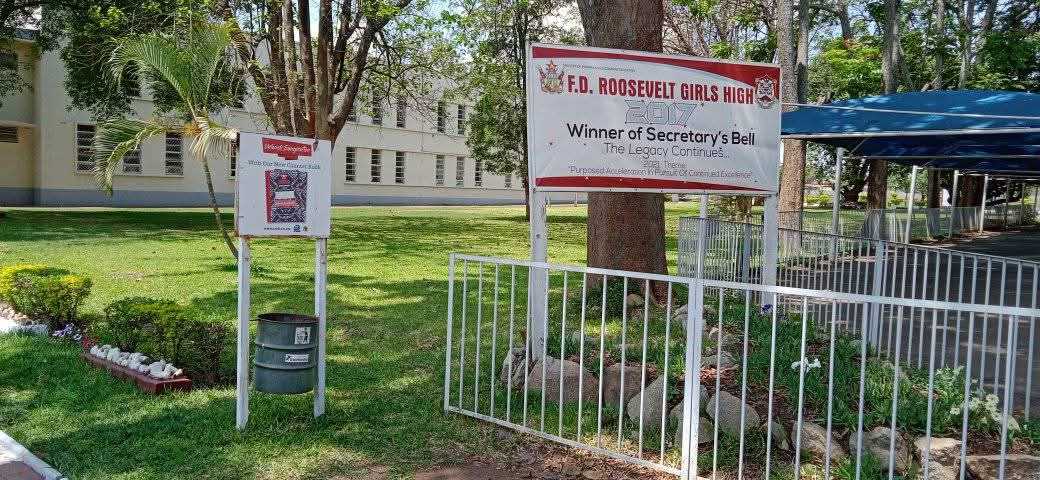






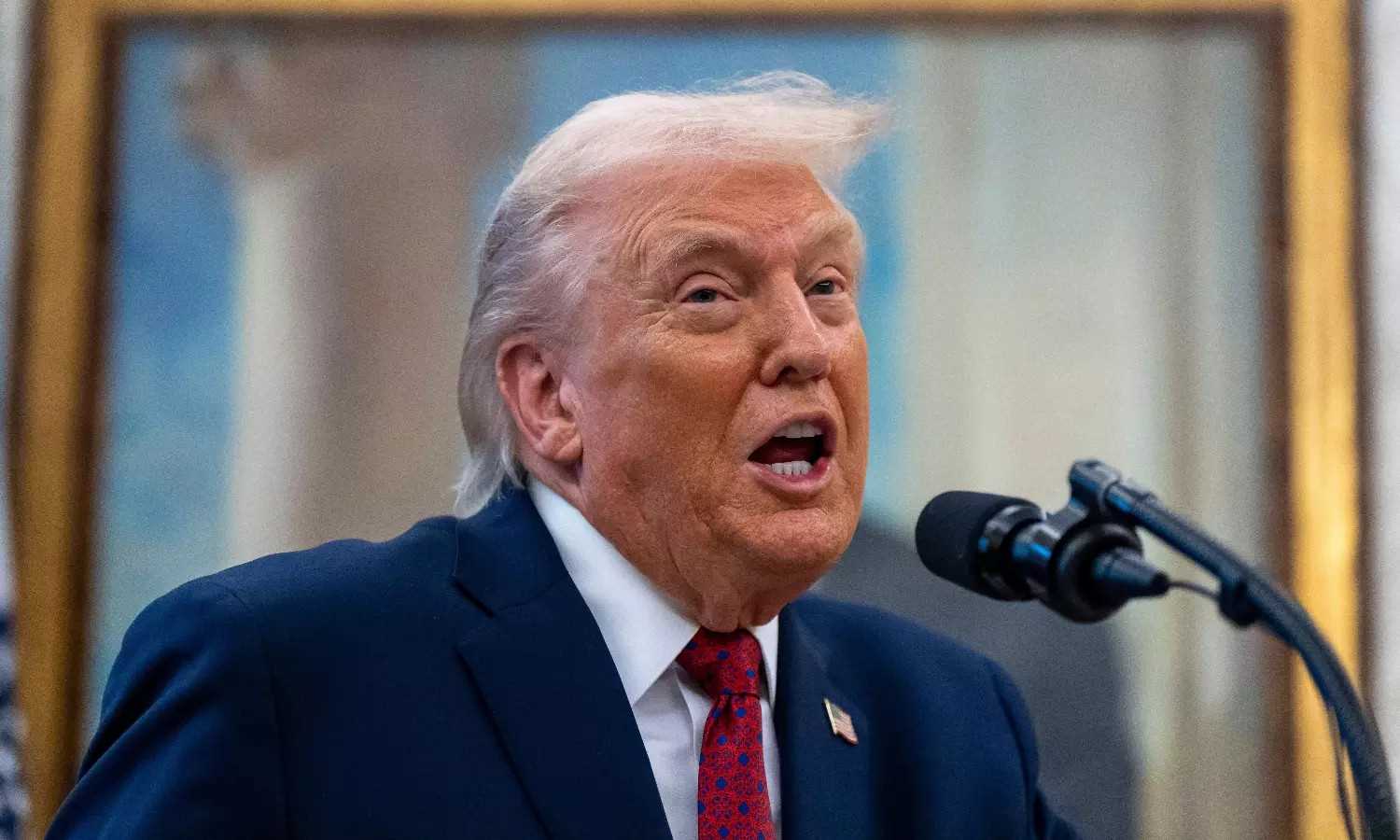



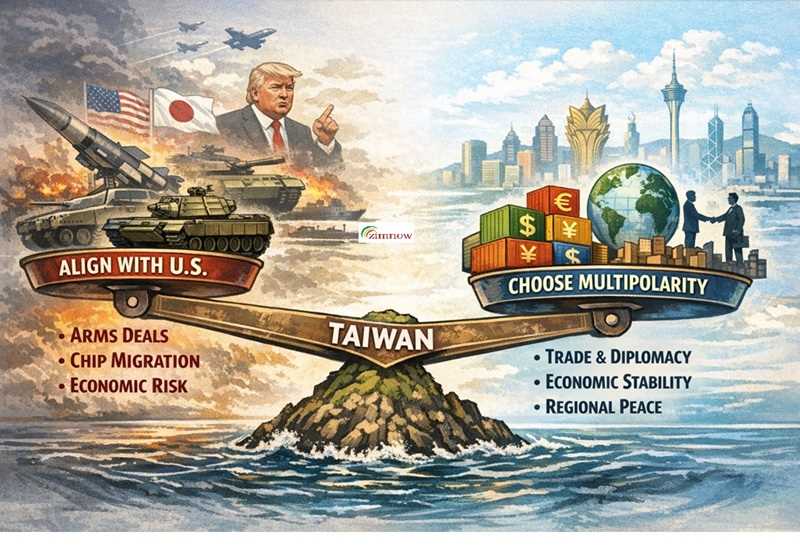


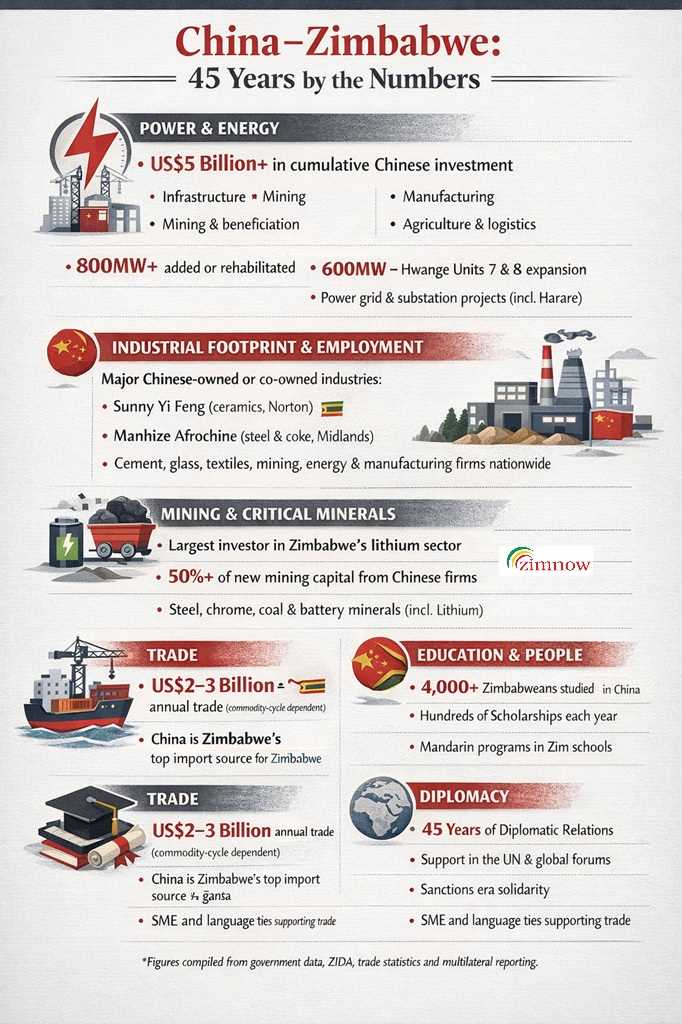


Leave Comments